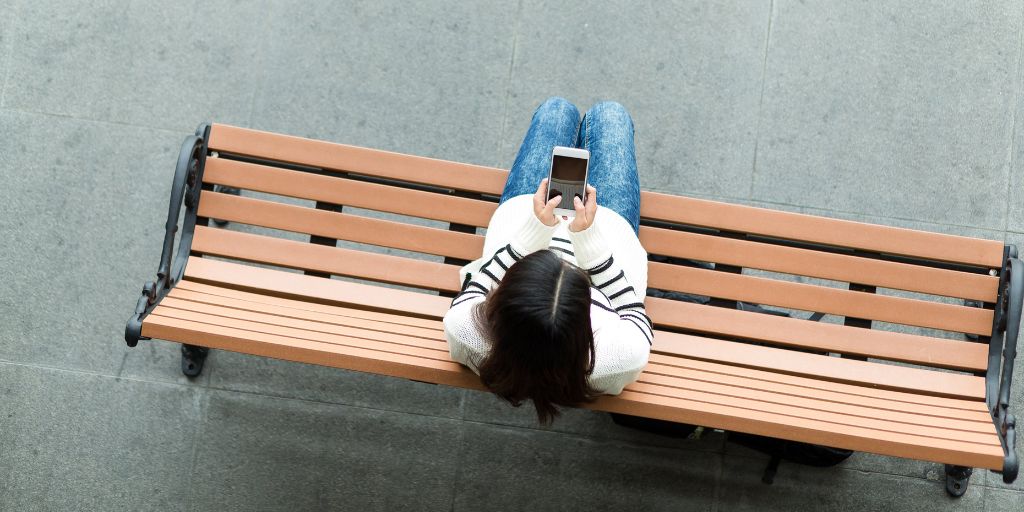
Loneliness has taken center stage as a global public health threat in recent years. In 2018, the U.K. appointed its first “Minister of Loneliness,” tasked with helping people build community and bolster strong networks of support. This past year, the U.S. Surgeon General issued an advisory, declaring loneliness a nationwide “epidemic.”
Chronic loneliness, marked by a deep sense of not belonging, poses severe risks to mental and physical health. The U.S. Surgeon General’s Advisory revealed in 2023 that ongoing loneliness increases the risk of heart disease by 26%, stroke by 32%, and dementia by 50%, with health impacts likened to smoking 15 cigarettes daily.
As is the case with so many other healthcare problems, there has been a concerted effort to find technological solutions to offer reliable, affordable, and scalable care. Emerging innovations leveraging artificial intelligence (AI) offer tantalizing prospects. But it is vital to recognize that, when it comes to loneliness, technology cannot fully replace human connection. Instead, we need a balanced approach that integrates technology’s potential with the healing qualities of human empathy and compassion.
Benefits of Tech
While viewing a screen or a robot as a ”friend” may initially seem far-fetched, the idea is far from new. In a 1966 study by MIT professor Joseph Weizenbaum, users engaged with a rudimentary chatbot called ELIZA, which was programmed to mimic conversational patterns. Users felt extremely connected to the chatbot after only a short time. The term “Eliza effect” is still used today – describing people’s tendency to ascribe human thought processes and emotions to an AI system.
Needless to say, chatbots have come a long way since 1966. Advances in machine learning and generative AI have exploded in just the past year, with the introduction of large language model-powered chatbots aimed at fostering connection. This technology has already been implemented to help people facing loneliness in places like nursing homes, where “virtual pets” and robot companions are becoming increasingly common. Technology can also be exceedingly helpful in filling in the gaps of traditional mental health interventions. Research has shown the most common time for people to experience loneliness is between the hours of 12 am and 5 am. That means people are feeling their lowest in the middle of the night and in the early morning hours when standard support options like a therapist or trusted friend likely aren’t readily available. For this reason, the 24/7 accessibility of online resources – ranging from self-management tips and empathetic chatbots to emergency phone numbers – can be invaluable.
Likewise, many traditional mental health interventions can be prohibitively expensive. Loneliness is common among people with social determinants of health (SDOH) needs, ranging from poverty to homeliness and lack of health insurance, as well as those with chronic health conditions. Free apps and online tools can be a lifeline to help these folks access the resources and companionship they need.
Tech’s Limitations
Unfortunately, emerging tools like AI-powered chatbots are still new and have many limitations. Unlike chatbots, peer support and mental health practitioners go beyond text dialogue– they make empathetic connections by showing interest in the other person and finding common ground. While AI tools may work for one-off interactions over a screen, they can’t compare to the power of human companionship and connection.
Moreover, AI chatbots also aren’t always well-equipped to monitor and evaluate progress. For example, it may be impossible for a chatbot to recognize signs of SDOH needs that peer support or mental health practitioners can easily identify, like poor personal hygiene. There is a level of human judgment and processing that technology simply cannot replicate at this point.
Perhaps most troubling, while it’s true that these tools are improving every day, the stakes are just simply too high when these chatbots don’t work the way they’re intended to. Consider a study recently published by The Journal of the American Medical Association. When using ChatGPT, researchers found that, for those in a serious mental health crisis, the AI only offered appropriate intervention resources (e.g. the national suicide hotline) 22% of the time. Similarly, the National Eating Disorders Association recently took its AI chatbot offline after it offered harmful dieting advice to those with eating disorders. Technology can be a short-term solution to provide companionship, but it cannot replace professional medical advice. Humans are better
equipped to direct those in crisis to the immediate resources they need.
Solutions
Even as AI and other nascent technologies roar ahead, there is no proper substitute for compassionate human interaction. But that’s not to say we should cast technology aside – whether we are ready or not, AI-powered tools are here to stay. Instead, we should implement a hybrid approach that complements and enhances technological and human intervention.
This approach can take various forms. Those with chronic loneliness can work with their healthcare and insurance providers to develop a treatment plan that incorporates both technology and in-person or telehealth-based mental health interventions. Beyond chatbots, AI can also take a behind-the-scenes role in powering peer support and healthcare provider’s access to solutions. It can, for example, improve searches, synthesize information in the background, and provide assistance with finding appropriate in-person resources in the patient’s local community. AI can also handle peer support and healthcare practitioners’ administrative tasks, like sending medication reminders, setting up appointments, and handling record keeping and data entry – freeing them to focus their time on interacting with those who need it most.
A balanced approach that leverages the strengths of both technology and human involvement is key. This scalable and accessible method can address chronic loneliness more comprehensively, acknowledging the importance of trust-building and the unique power of human empathy and compassion.












